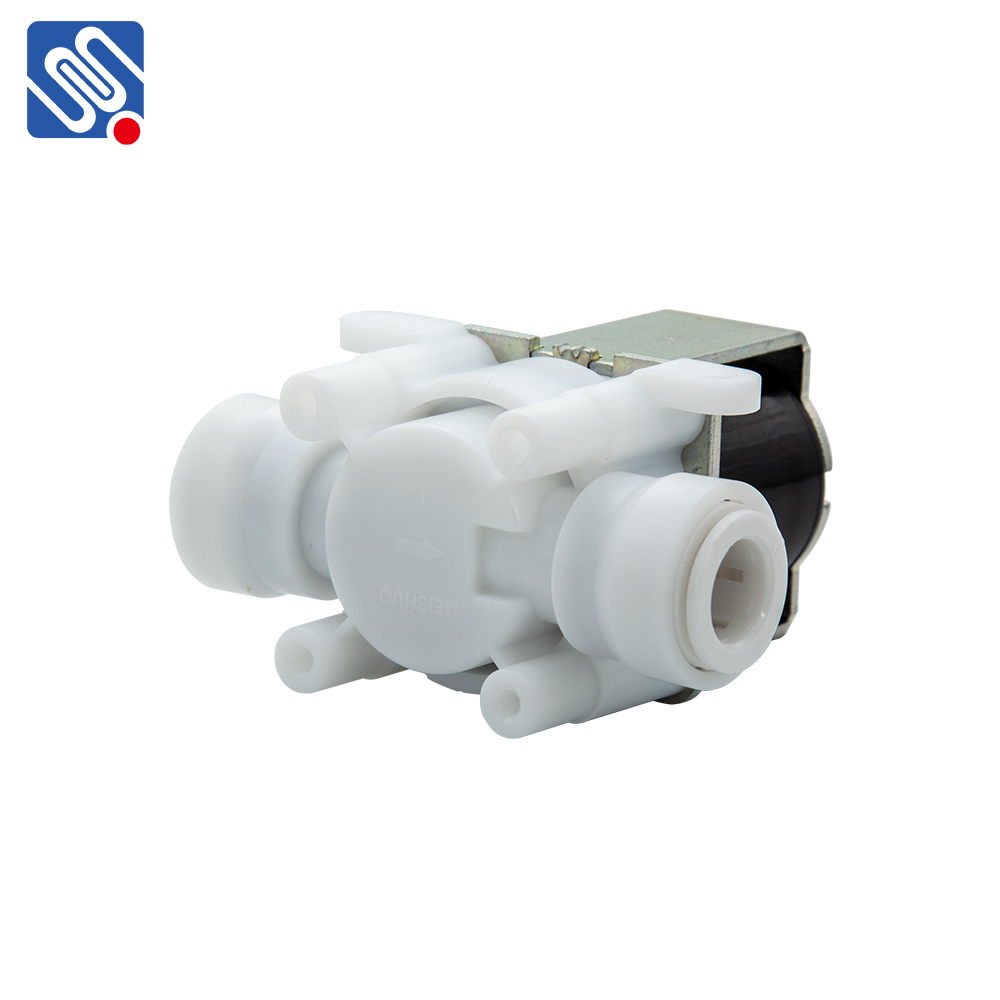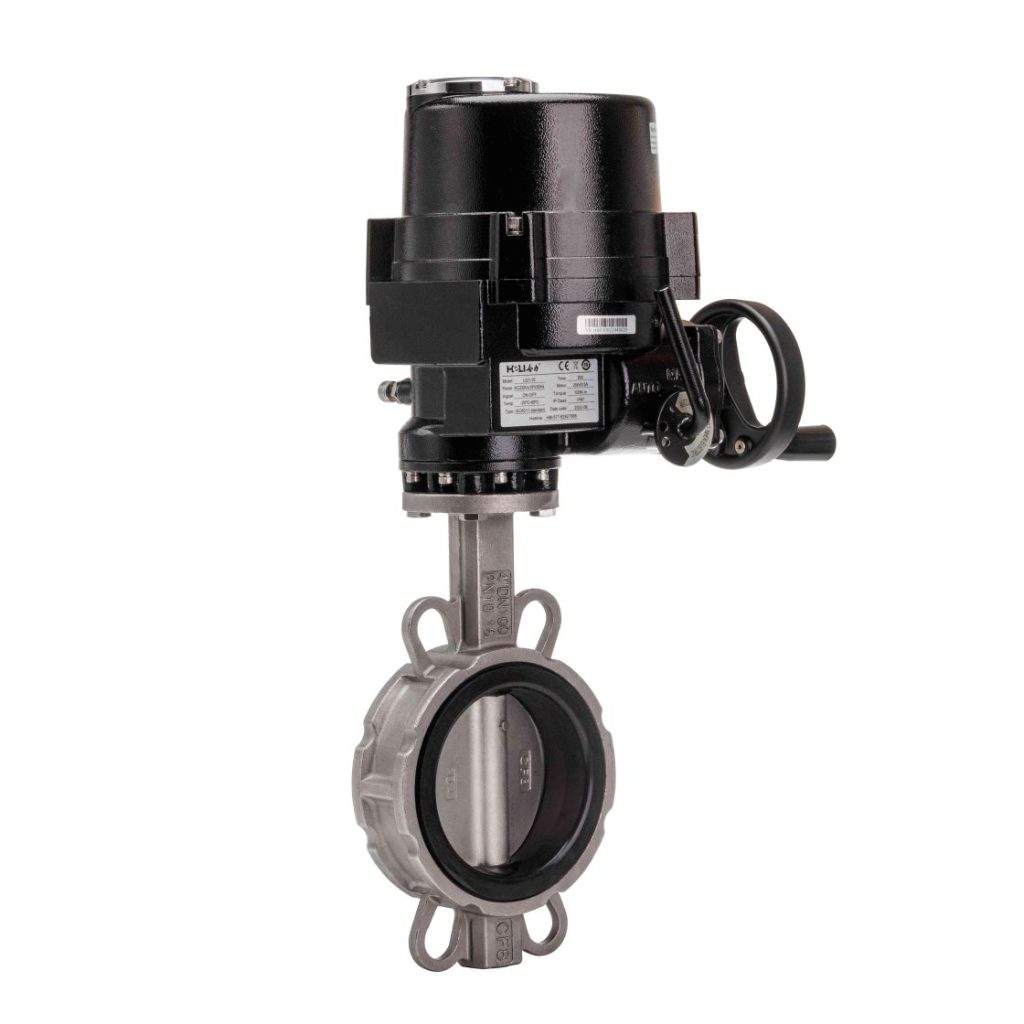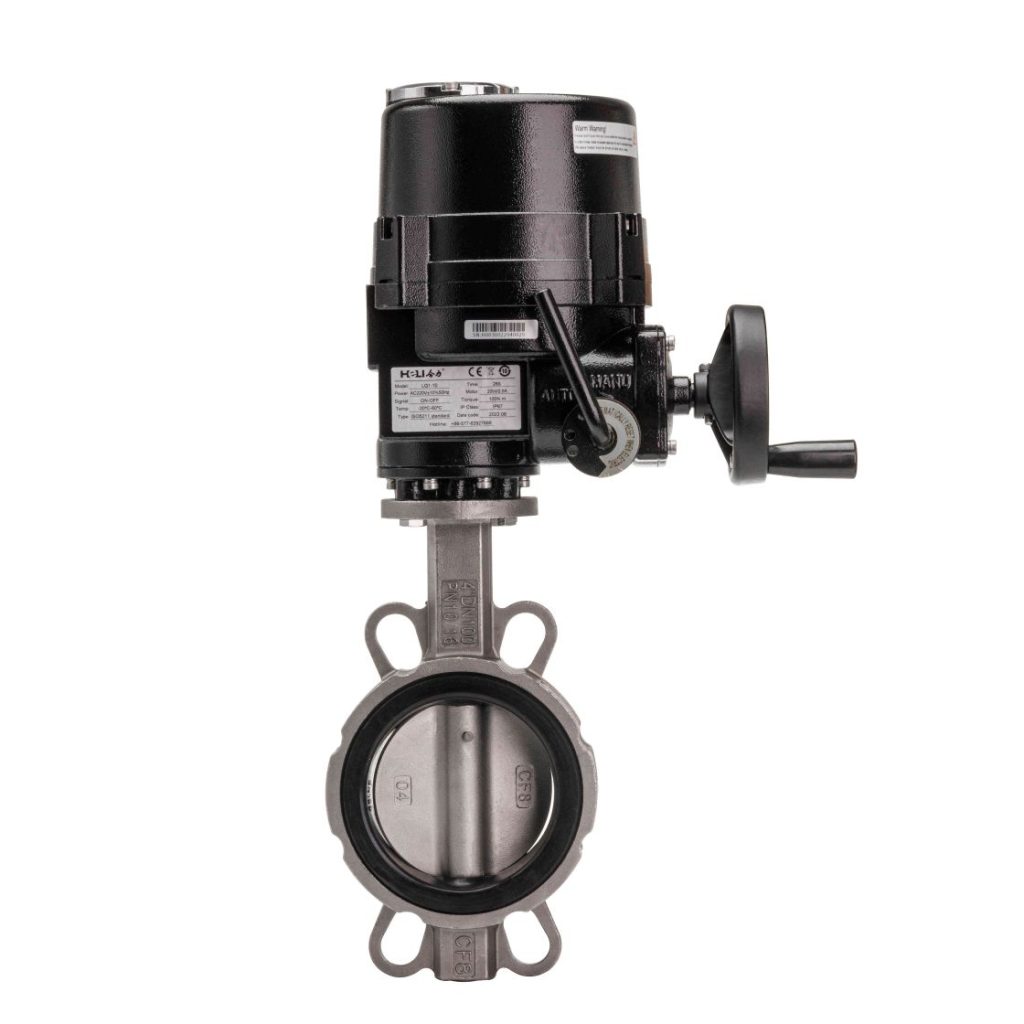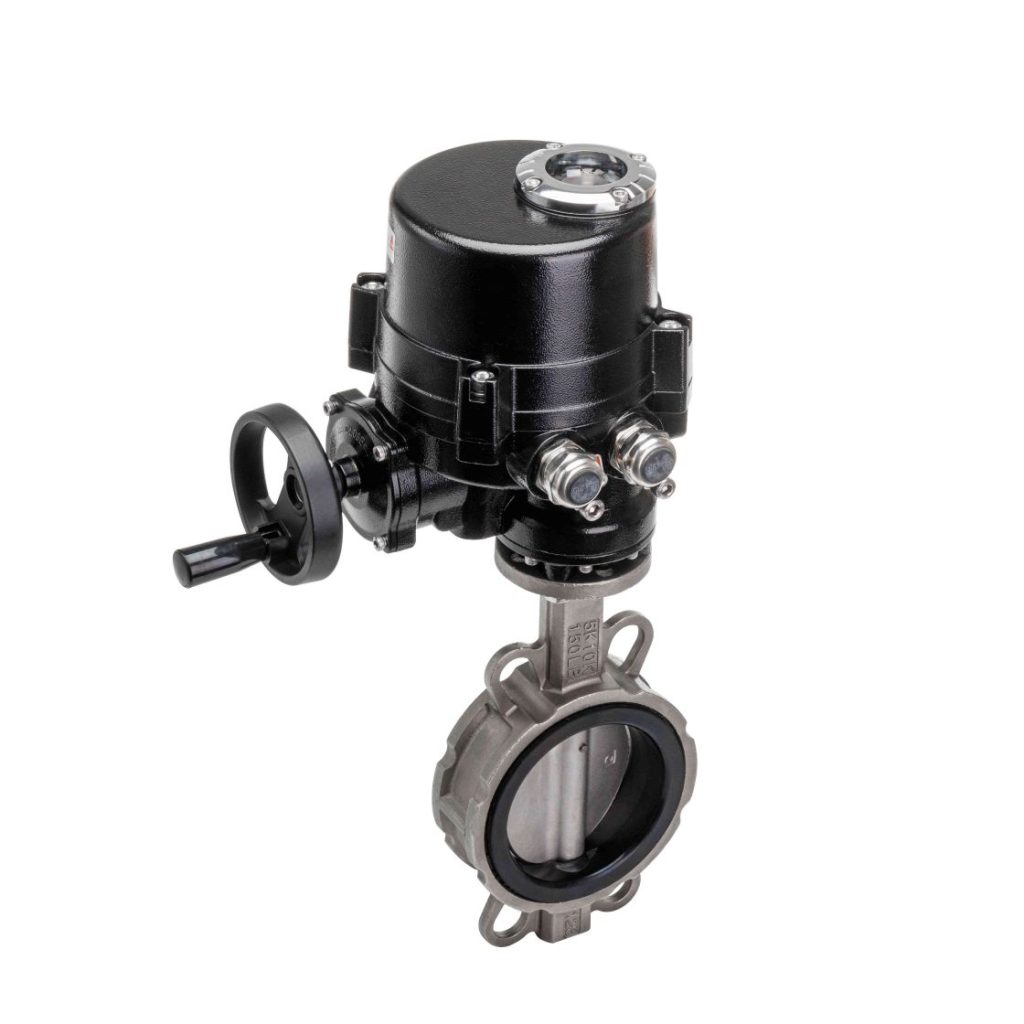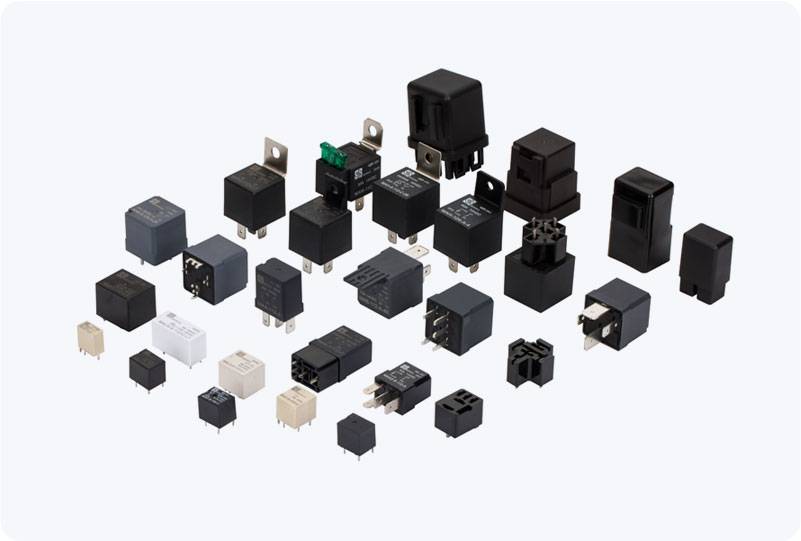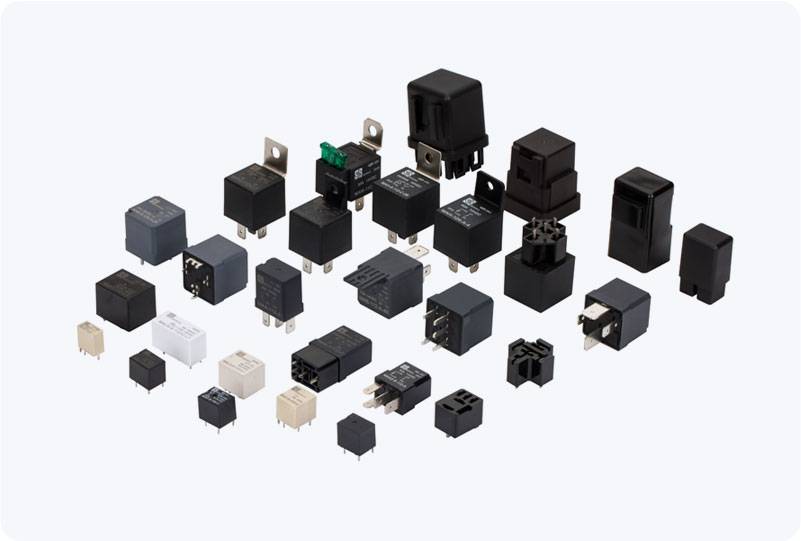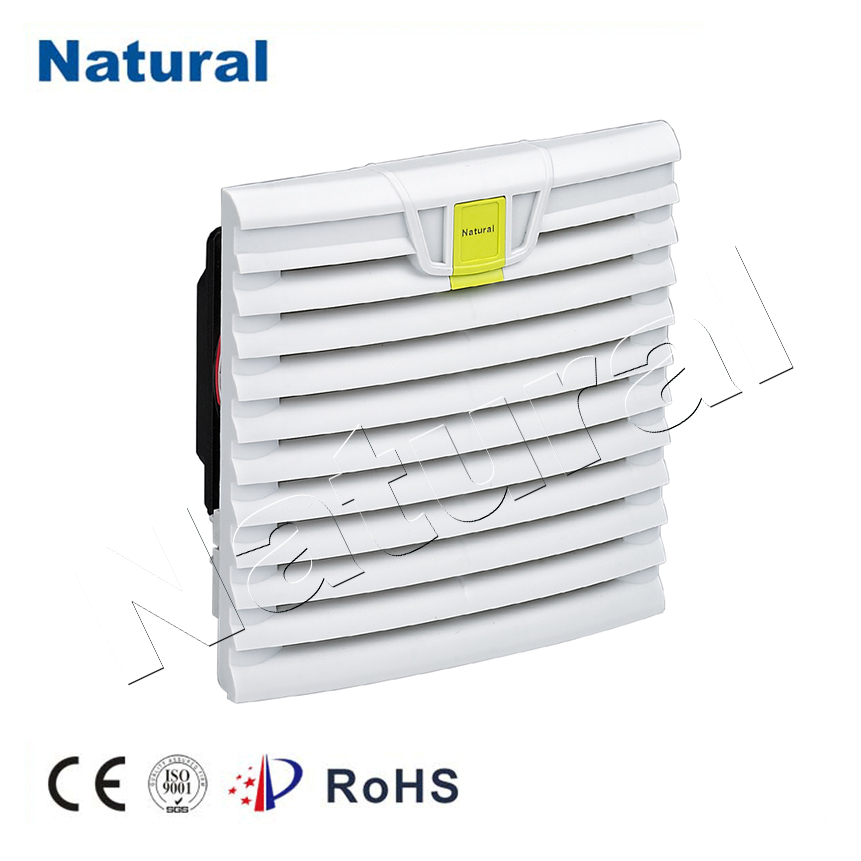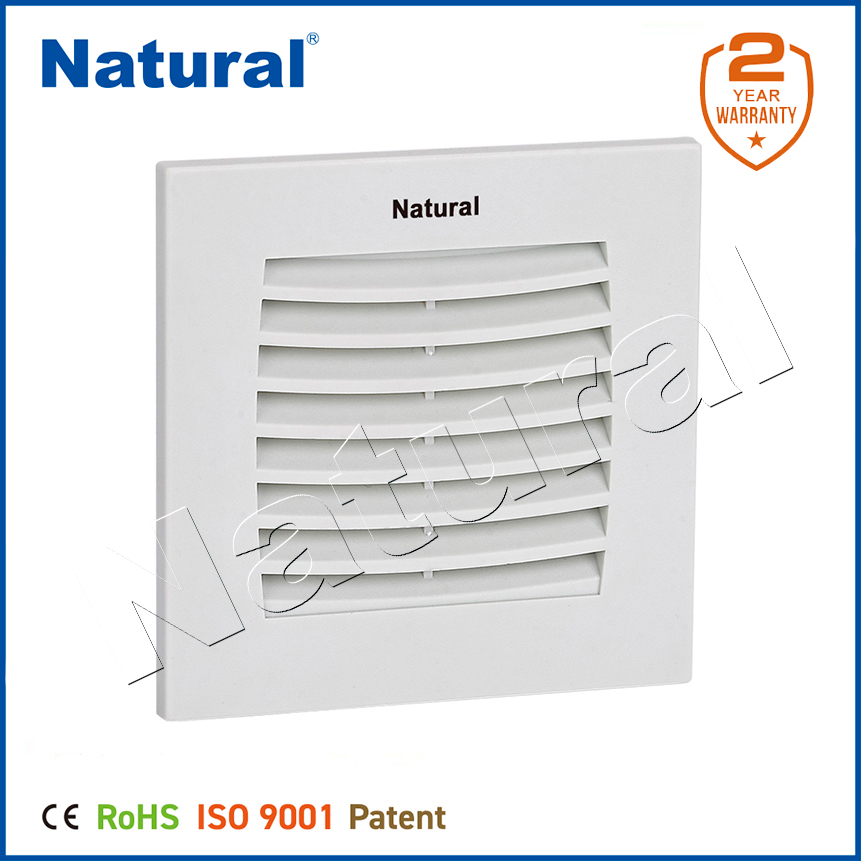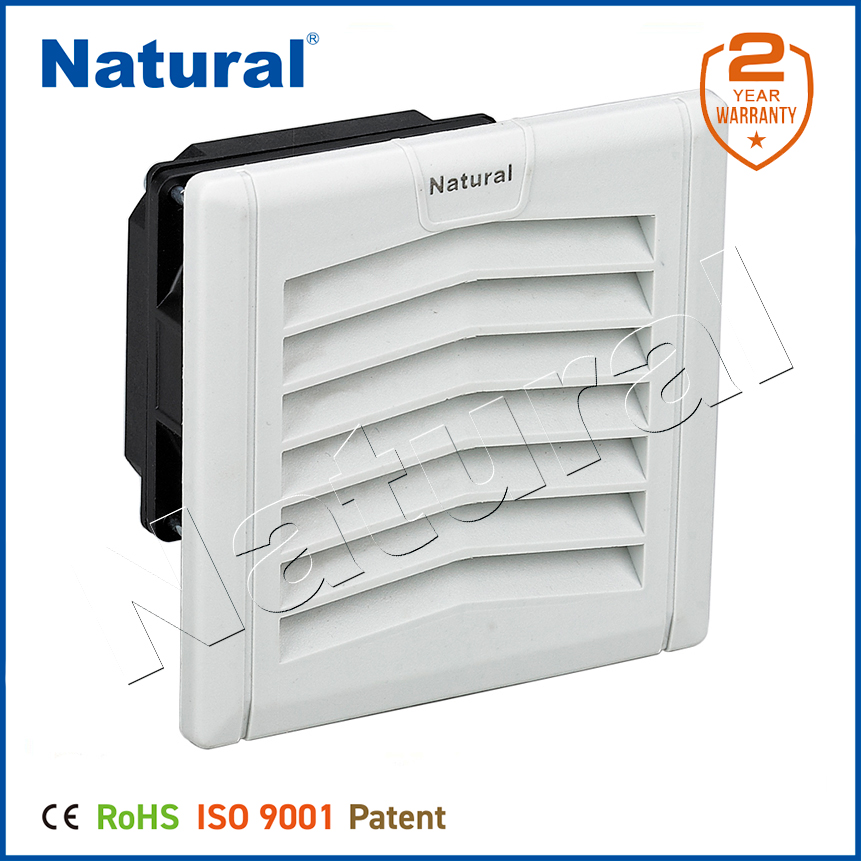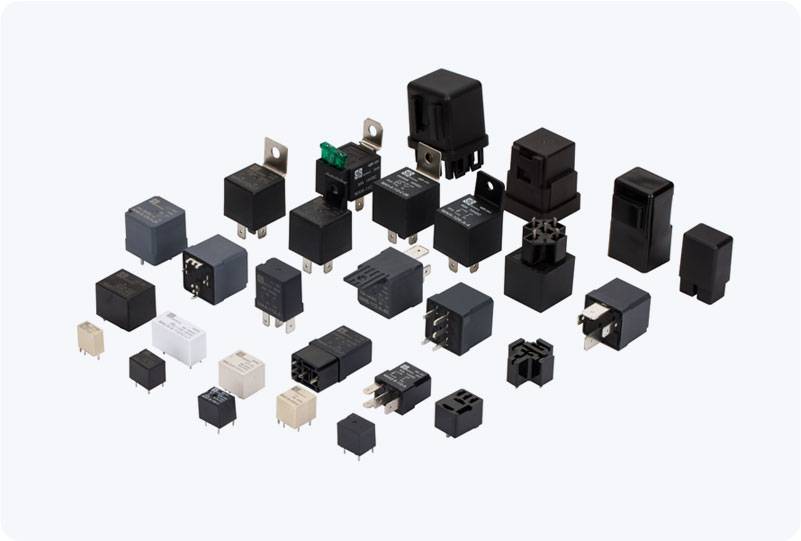Latching relays are essential components used in a variety of applications, including telecommunications, industrial automation, automotive systems, and power management. Their ability to hold a position without requiring continuous power makes them highly efficient and cost-effective. In recent years, China has become a key player in the global market for latching relays. The country is home to a growing number of manufacturers that offer high-quality and affordable latching relay products. This article explores the dynamics of China latching relay manufacturers, highlighting their contributions to the industry and their impact on global markets.
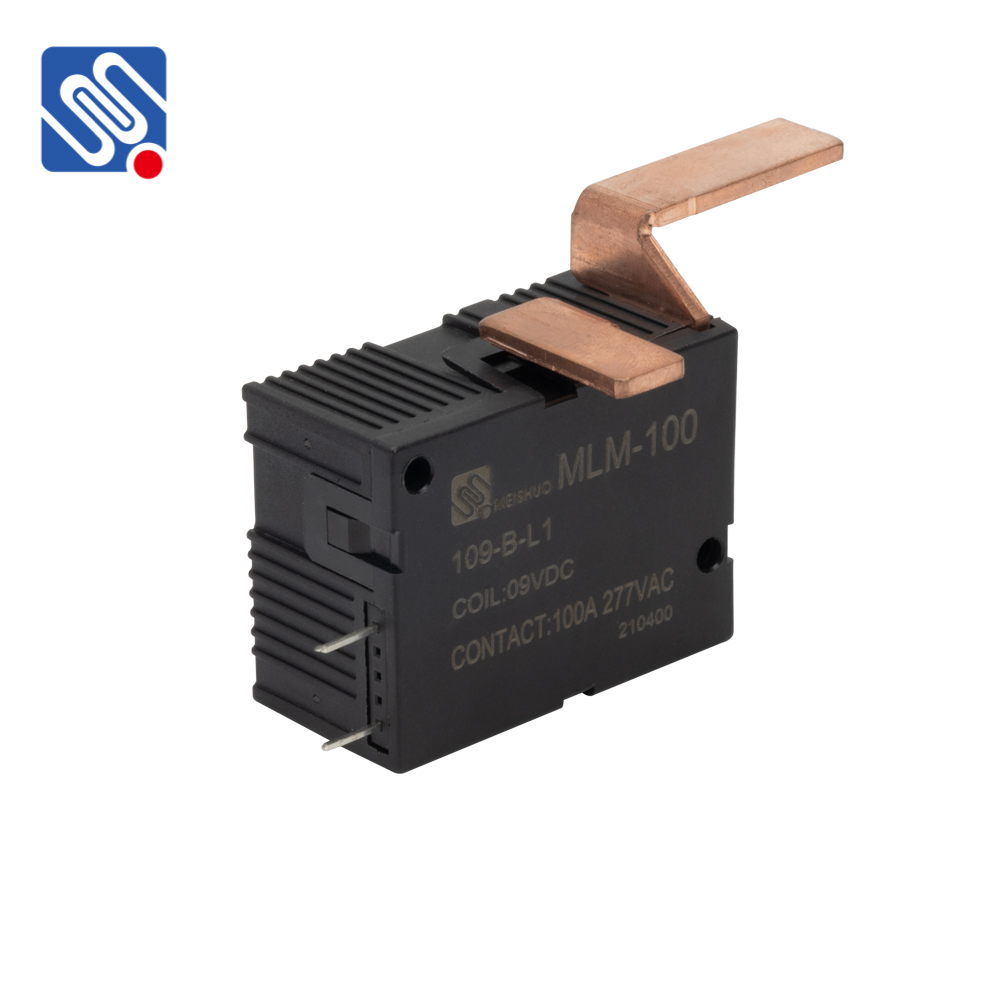
The Role of Latching Relays in Modern Technology Latching relays are fundamentally different from traditional relays in that they maintain their position after being actuated, requiring no constant power to remain in their current state. This feature allows for energy savings and reliability in applications where power consumption is critical. Latching relays are used in many areas, including: Telecommunications: To control signal paths and routing. Automotive: In power management systems, light controls, and window regulators. Industrial Automation: For machine control and automated systems.
